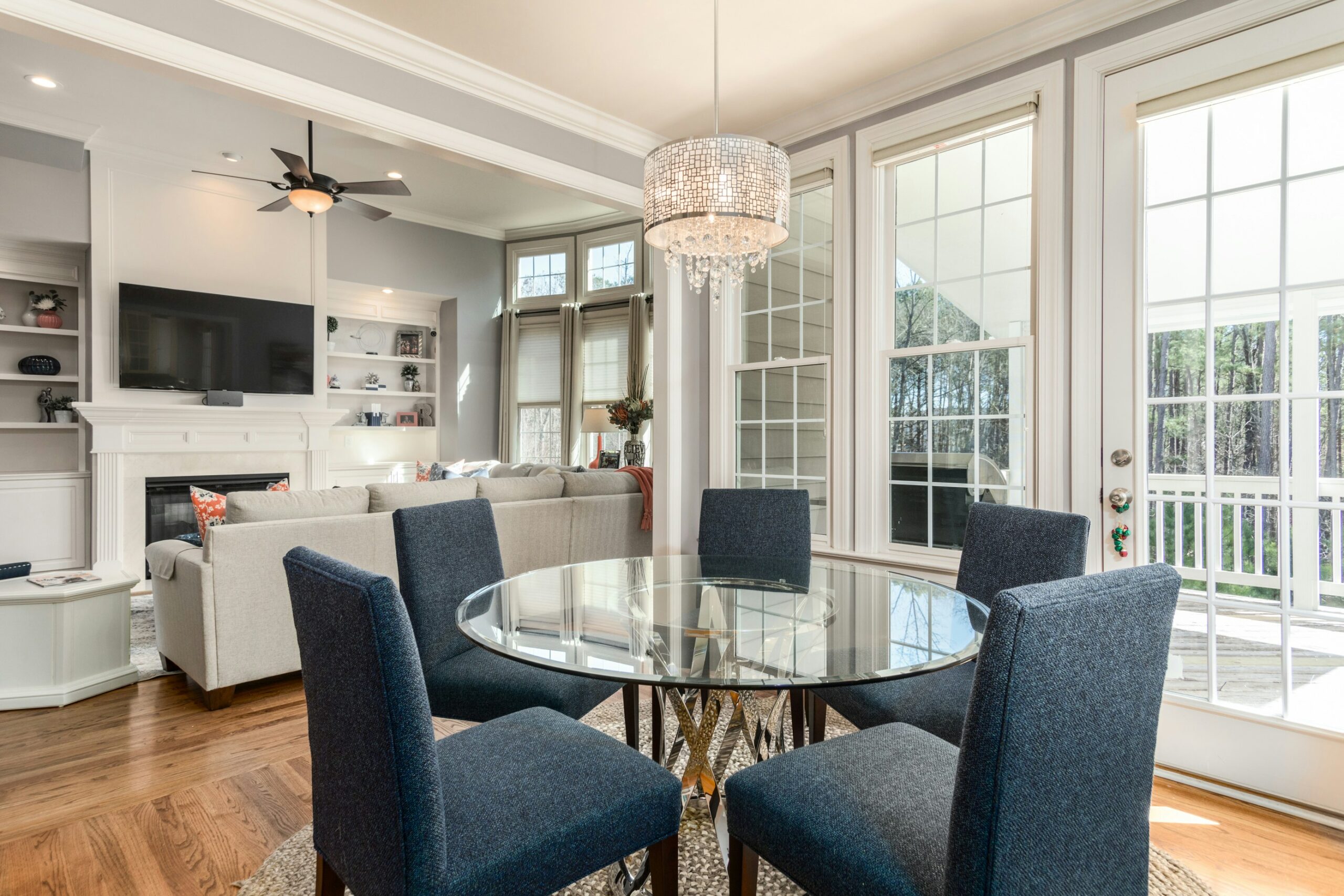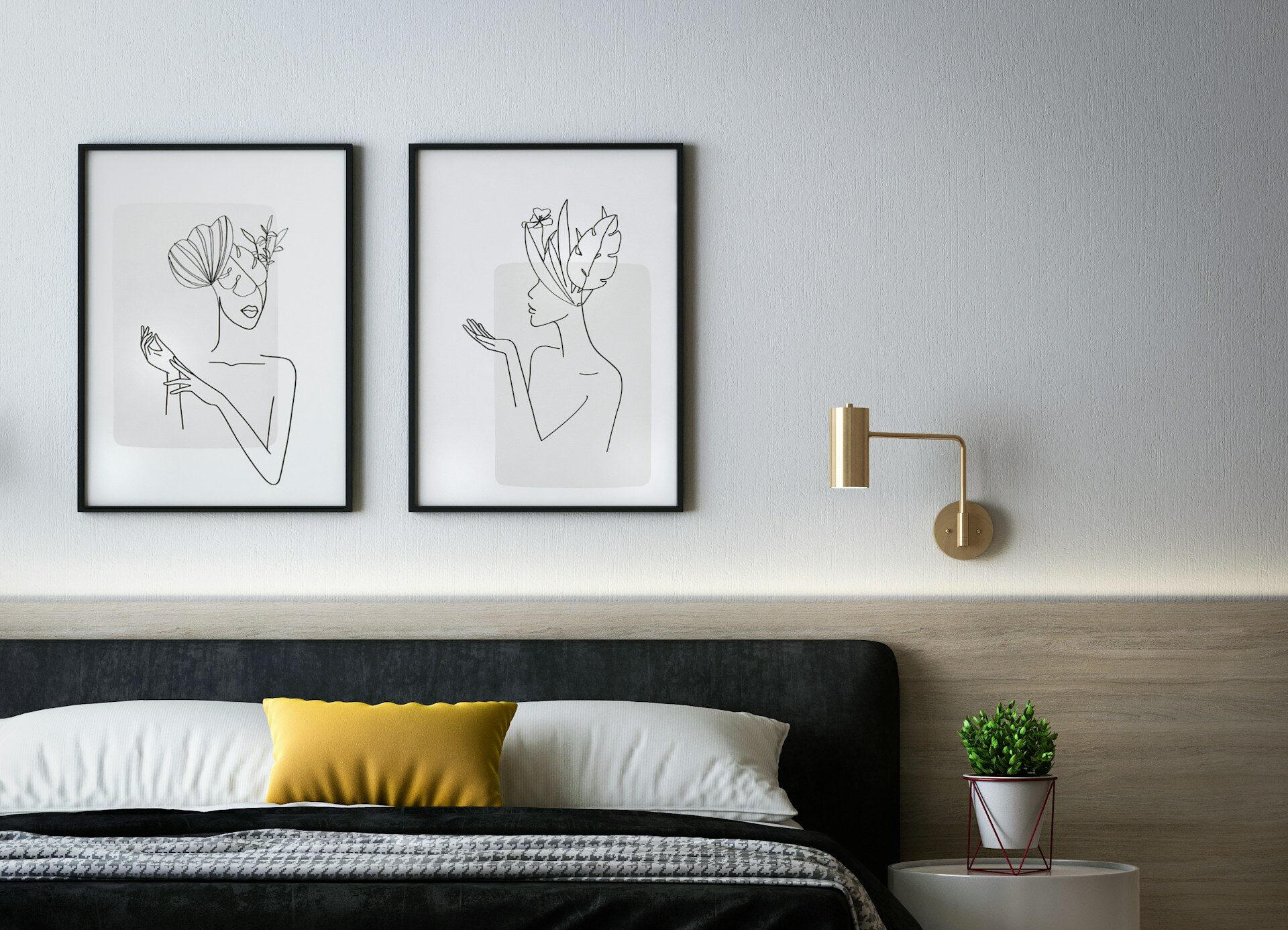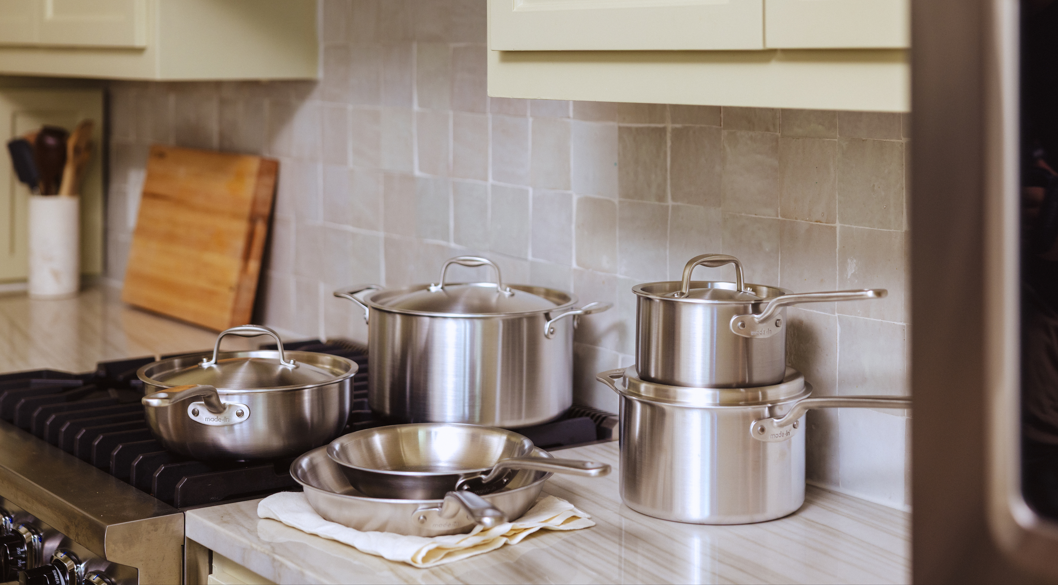The Invisible Influence of Space
Step into a room that’s too cramped and your shoulders instinctively tighten. Step into one that’s airy and open, and your breath comes easier. We feel these shifts before we ever put them into words. The walls, the light, the distance between furniture—these details quietly shape how we think, feel, and even interact with the people around us.
The size of our home might seem like a matter of square footage and design preference, but it’s more personal than that. It’s about how space supports or undermines our sense of comfort, freedom, and connection. Understanding this subtle relationship can change the way we see where we live and what we need from it.
Why Size Matters — But Not the Way You Think
A home that feels too big can be as unsettling as one that feels too small. In a vast, echoing space, it’s easy to feel disconnected from both the environment and the people in it. A place that’s too tight can heighten tension, turning everyday movement into a series of small negotiations.
Environmental psychology shows that our perception of space affects mood and behavior in powerful ways. Generous proportions can encourage creativity, but only when balanced with warmth and purpose. When a home’s scale suits our needs, it becomes more than shelter; it becomes a setting that supports our best rhythms, relationships, and routines.
The Happiness–Space Connection
Our surroundings speak to us in subtle ways, whether we notice them or not. A crowded corner can pull at our attention, while a bright, orderly room invites the mind to settle. The arrangement of furniture and flow of space influence how we move, and just as importantly, how we feel moving through it.
Studies in spatial design reveal a strong connection between our environment and our emotional well-being. Light, flow, and proportion can all tilt our mood in one direction or another. In homes where space is managed with intention, people often report lower stress levels and a greater sense of satisfaction. It’s less about having more room and more about using the room you have in a way that reflects how you want to live.
When Smaller Means Happier
There’s a certain relief that comes with living in a space where every inch has a purpose. Fewer rooms mean less upkeep, fewer surfaces to collect dust, and more time for the parts of life that actually matter. Smaller homes also tend to pull people toward shared spaces, encouraging more connection and less isolation.
Many who downsize discover that their stress levels drop along with their square footage. It’s not about sacrificing comfort; it’s about shaping a space that serves you instead of the other way around. Thoughtfully designed options like park model homes show how compact living can still offer warmth, privacy, and style, all while fostering a stronger bond with the outdoors. For those seeking a calmer, more intentional lifestyle, this scale of living can be the sweet spot.
Designing a Space That Works for You
The size of a home sets the scene, but design determines whether the space feels nurturing or overwhelming. Thoughtful design uses each corner with intention, turning even the smallest areas into places that serve daily life well. Natural light can lift mood and energy levels, while thoughtful storage solutions keep daily life from spilling into visual chaos.
Simple choices like lighter wall colors, furniture scaled to the room, and clear sightlines between spaces can make a home feel more expansive without adding a single square foot. Research from the American Psychological Association shows that our surroundings can have a profound effect on mental well-being, especially when we incorporate natural elements into our homes. Shaping any space, from a studio to a sprawling house, to fit your needs can transform how you experience it.
Right-Sizing Your Life
Finding the right amount of space is as personal as choosing a favorite meal. For some, a few cozy rooms feel perfect; for others, a little extra breathing room is essential. The key is to match your living environment to your values, routines, and long-term goals.
One way to start is by reassessing what truly adds value to your days. That could mean letting go of rooms you rarely use or reimagining existing spaces to serve your needs better. Understanding how a cluttered home affects your health can help clarify what to keep, what to release, and how to create a home that supports your best self. The result isn’t just a change in layout, it’s a shift in how you experience every moment spent at home.
Creating Space for Happiness
Our surroundings are more than a backdrop; they’re part of the story we live every day. The size, layout, and feel of a home can quietly shape our moods, our habits, and our relationships. When we choose spaces that match the life we want, we give ourselves room, not just to live, but to thrive.
Whether that means trimming excess, rethinking design, or embracing a smaller footprint altogether, the goal is the same: a home that feels like it fits. And in that fit, happiness often finds the space it’s been looking for.






